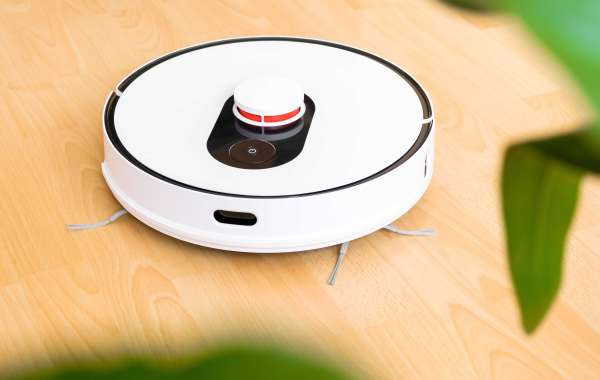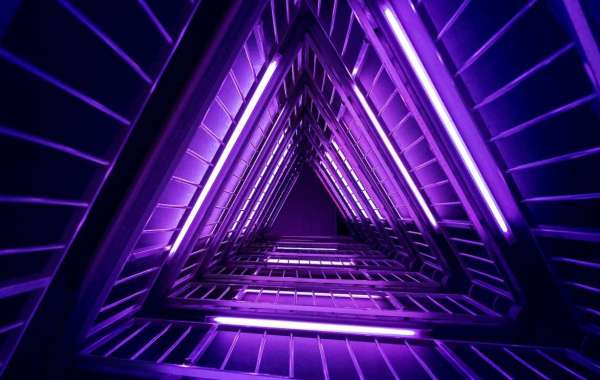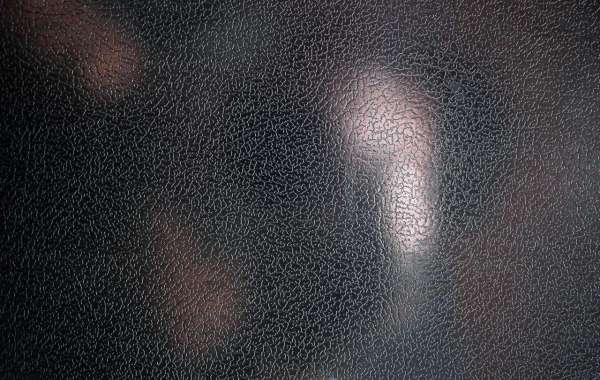Robot Vacuum and Mop - Hands-Free Cleaning Made Easy
If you're interested in an automated cleaner that is hands-free and can complete the job, you should consider this robot that is two-in-one. It can clean medium and low-pile carpets for floors and the app allows you to create no-mop areas and adjust cleaning modes and schedules.
Look for models that have sensors that can detect the type of floor they are placed on, empty dirt and water from their own tanks, and stay clear of obstacles like phone chargers, pet hair and socks. Also, learn how easy it is to install.
Self-Emptying
People are always looking for ways of reducing their workload as the world becomes more chaotic and chaotic. Robot vacuums and mop are among the top tools available to aid in that. They can remove dirt, crumbs and pet hair while simultaneously cleaning floors and scrubbing them clean. You can even make use of a smartphone or voice assistant to control them via preset schedules and room designations.
Self-emptying models are a great time saver for both the user and the. You don't have to empty the trash bin each time you clean. This will save you a lot of time and allows your robot to clean your whole house more often, without having to be concerned about running out of room in the bin before the time comes for refills.
If you're considering the possibility of a robot that self-empties, be sure to check the size of the bin, as it can quickly overflow if used regularly. You should also ensure that the system doesn't overfill and create an obstruction that stops the robot from being able to empty it fully.
The self-emptying feature works by removing the internal dustbin from the machine and placing it in larger storage containers -- think of it as the bag on the traditional vacuum cleanerwhich can be empty every two or three cycles. The robots are worth the extra cost because they come with this feature that is top-of-the-line.
Some models wash and dry dirty pads automatically after each use. Others have docks that does the job for you and you only need empty it once or twice a year.
Check out this Roborock robot, which is rated highly for its capability to perform both tasks. The RockDock-S7 MaxV Ultra can vacuum and mop, with the dock that can do all the maintenance for you. It is possible to schedule the unit and then start it using voice assistants such as Alexa or Google Assistant. You do not need to empty the tanks by hand. It even has boundaries to keep it out of specific areas if you don't want it to wander throughout your home.
Object Avoidance
The best buy robot vacuum mop robot vacuums feature object avoidance, which helps the appliance move around furniture legs and stray children's toys. This feature is crucial for families with pets and children, as the robot can jam or break when it comes into contact with them.
The method is typically based on a single or pair of sensors located close to the shock-absorbing bumpers of the vacuum. Once sensors detect a roadblock, the robot will automatically pivot and reorient itself until it finds an open path. Some models utilize a technology called lidar, which uses lasers to determine the distance between the robot and nearby objects. This enables it to create an outline of its surroundings in real-time and move more efficiently through your home.
Other robovacs that do not utilize lidar technology, are made to detect obstacles using cameras using monocular or binocular sight. These systems are effective in the best lighting conditions, but don't work at all in low-light environments or with objects that are similar to their surroundings. A robot with monocular sight is unable to distinguish cables and shoes.
Some of the most advanced robot vacs do more than just avoid obstacles, which is why they're also referred to as smart vacs. They can create a virtual map of your home and you can send them to specific areas or rooms by using an app. They will even remember the places they've cleaned. This will cut down on the time spent cleaning and ensure that your home is well cleaned.
The most advanced robotic vacuums and mops are able to switch between various kinds of flooring. Some can automatically detect what type of flooring is in a room and adjust their suction and brush features to match. Others can move from carpet to hard floors without losing suction power.
No matter what flooring type any smart vacuums and mops need to be equipped with a form of obstacle avoidance. These features ensure that the devices don't get caught in a web of wires, which could cause them lose suction. Some models are equipped with a list of common items that they know to look for, including socks, shoes and pet waste. The best models are able to identify these objects and calculate their size, distance and avoid them without running into it.
Floor Mapping
Most robot vacuums come with sensors that aid in detecting objects. If an object -- like furniture legs or a randomly toy is thrown in the way the sensor will trigger that instructs the vacuum to turn away from the obstacle and to move towards a cleaner section of the floor. However they aren't foolproof. For instance, the Roomba 900 Series was able to avoid our shoelaces and wired headphones, but it inadvertently sucked up a USB cord. We recommend moving objects out of the robot's path before letting it move through your home.
Many of the mopping and vacuum robots we've tested on The Spruce come with an application that allows you to save maps, set schedules, select cleaning options and monitor your robot's progress. The best apps offer features that can make your robot more efficient. They are intuitive and easy to use.
App integration allows you to keep track of the water tank and dirty pads on your robot. Look for models that allow you to see the level of filling in the tank, how much the pad is soaked and when it's time to change the cloth. You can set up a routine that will automatically change the pad when wet, to stop mildewy odors from building up.
Mapping is an essential feature for robot vacuums that operate on multiple floors in the home. It allows the robots to create an outline of your home that they can use to navigate and clean different areas. Certain robots integrate sensors with artificial intelligence to create maps. For instance, iRobot's Vacuuming Mapping utilizes multiple sensors to scan a space, including walls and corner to determine the distance the robot can travel before hitting furniture or bumping into obstacles.
Other robots, like the Ecovacs Deebot X1 OMNI and the Roborock S7 MaxV Ultra, use optical sensors to determine where the walls are. They can then use an algorithm to map or follow the edges of the furniture to determine the best route for each room.
Mopping Settings
Robot vacuums are automatic, and you only need to push a button within the app or on the remote control to allow them to sweep a space. You can also set schedules with voice commands. This is a fantastic feature for busy families who want their robot cleaners to do their work at the same time every day.
Most robot mops use microfibre pads, which are soaked by water tanks at their base. Many are able to be used repeatedly before needing to clean or replace the pad. Find models that alter the amount of water that is dispensed to fit different flooring types. Also, you should consider the dimensions of the tank, whether you can switch between dry and wet mopping and how long a robotic mop can last on a single charge.
The most effective robot mops can clean floors quickly and efficiently, even under tables and around obstacles. Although they're not perfect, they may struggle to climb the stairs or navigating ledges that connect rooms. They can leave streaks on tiles or timber particularly in the sun.
A good quality robot vacuum and mop ought to also have sensors that detect and avoid carpet. This feature is important when you live in a home with floors of different types and the robot will not be sucked into or over rugs. It will also be able detect other objects that could interfere with the cleaning process, such as cords or tassels. It will also allow you to create no-go zones that prevent the robot from entering those areas.
The majority of robot cleaners that we test in our CHOICE lab come with a smart app integration. This allows you to save maps of your house and set up cleaning schedules, and select cleaning modes. You'll also be able to create virtual barriers to ensure that your robot is kept from certain areas, and get (sometimes amusing) warnings about errors when the device encounters issues. Some applications are more user-friendly than others, and some have a webcam that allows live monitoring of your robot.








